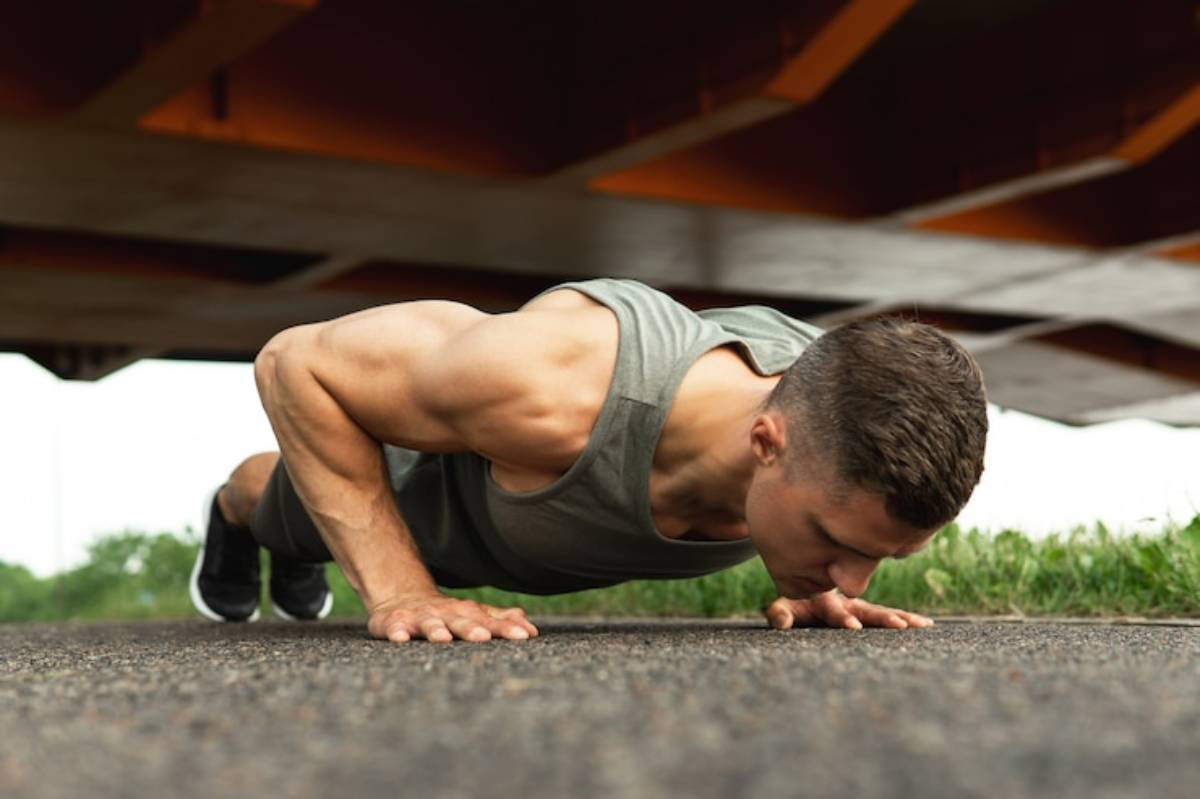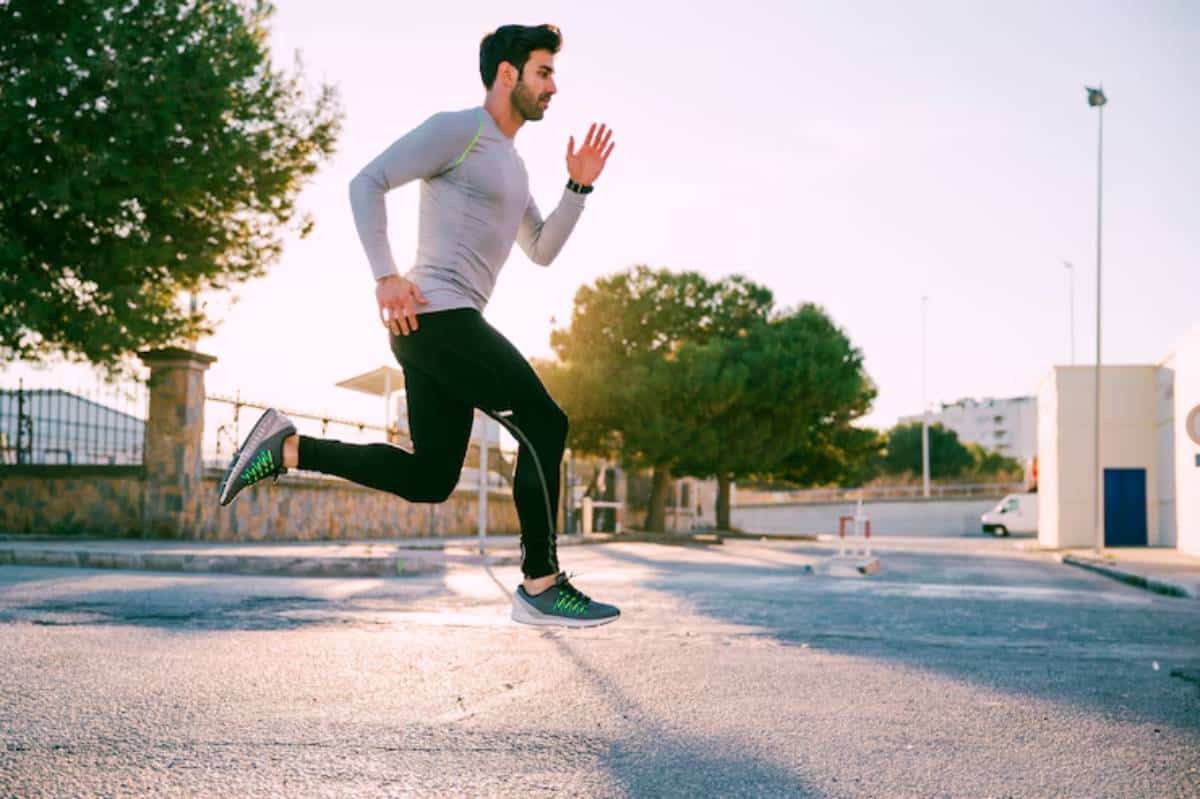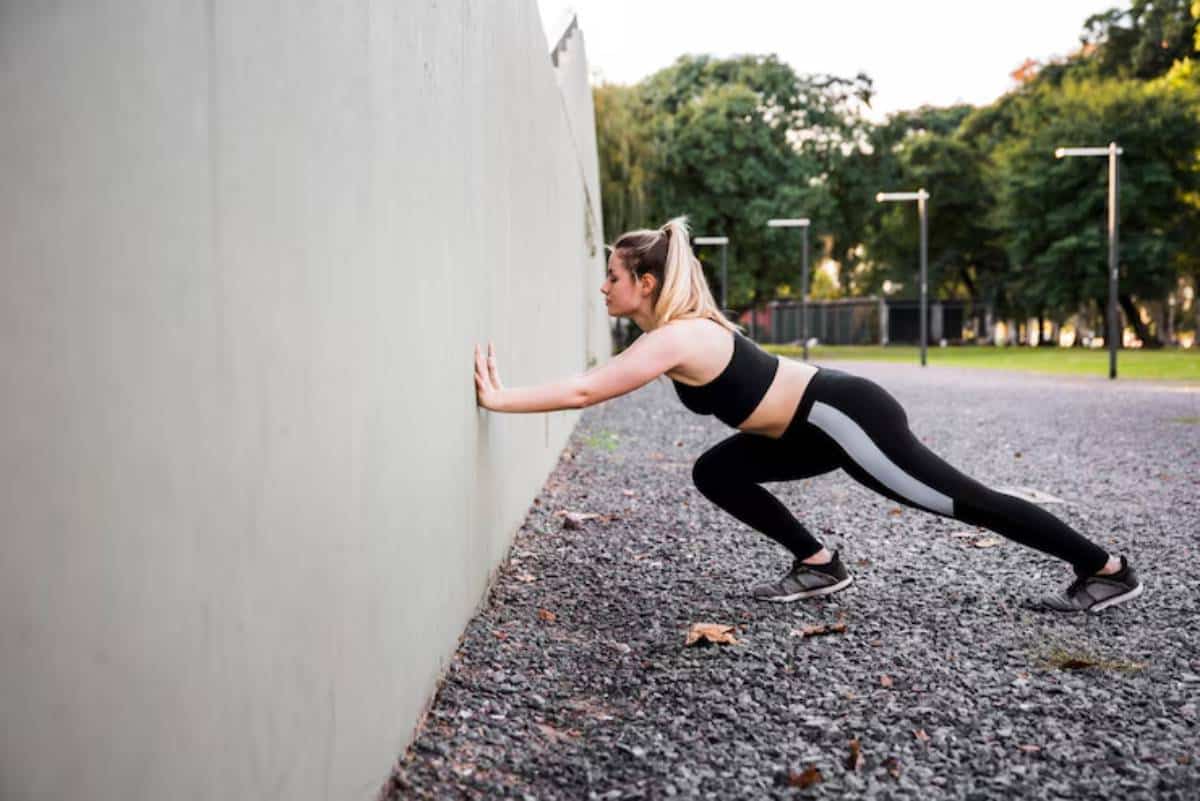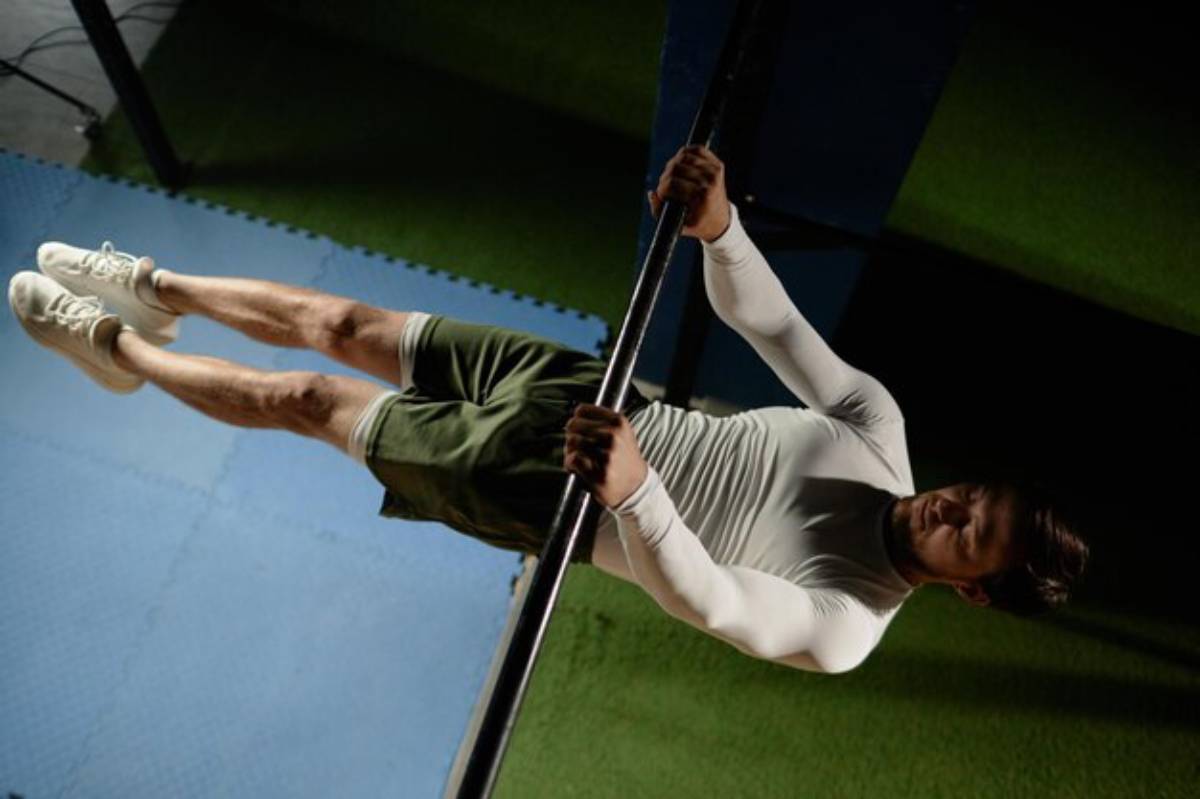
Lever Moves: Front Lever and Back Lever Basics
Picture yourself suspended in mid-air, body parallel to the ground, holding a pose that looks as though gravity doesn’t apply to you. That’s the beauty of lever moves like the front lever and back lever — ultimate displays of static strength, callisthenics.
But these moves aren’t just about showmanship. They require incredible body control, core strength, and shoulder stability. And while they may seem reserved for advanced athletes, with the right approach and progressions, you can work towards mastering these impressive skills.
In this guide, we’ll break down the fundamentals of front lever strength and back lever training, explore why these static holds are beneficial, and offer step-by-step progressions to help you build the power and control needed to own these moves. Ready to defy gravity and elevate your bodyweight strength training? Let’s dive in.
What Are Lever Moves in Callisthenics?
Lever moves are a type of static strength callisthenics where you hold your body horizontally against gravity. The two most iconic examples are the front lever and back lever.
- Front Lever: Hanging from a bar or rings, your body stays parallel to the ground, facing upwards.
- Back Lever: Hanging from a bar or rings, your body remains parallel to the ground, facing downwards.
Both moves demand intense core engagement, shoulder strength, and total-body tension. But they’re more than just impressive feats — they’re tools for building functional strength and stability that transfer to other exercises.
Why Train Front Lever and Back Lever?
You might wonder: “Why not just stick with pull-ups and dips?” Great question. Here’s why incorporating lever training into your routine is a game-changer.
- Develops full-body tension: Your core, shoulders, back, and glutes all work together.
- Improves posture and shoulder health: Strengthens stabilising muscles often neglected in traditional training.
- Enhances body awareness: You learn to control your body in space, a key skill for all callisthenics.
- Boosts static strength: Holding positions builds isometric endurance, improving overall muscular stamina.
A study in the Journal of Strength and Conditioning Research supports the use of static holds like levers to increase muscular endurance and neural adaptations, which aid in overall strength development.
Understanding the Challenges: Front vs Back Lever
Both levers are tough, but they each come with unique challenges.
Front Lever
- Primary challenge: Overcoming gravity while maintaining a horizontal hold.
- Muscles involved: Lats, core, posterior deltoids, glutes.
- What it builds: Front lever strength develops pulling power and posterior chain endurance.
Back Lever
- Primary challenge: Shoulder flexibility and stabilisation while holding the body horizontal, face down.
- Muscles involved: Chest, shoulders, biceps, core, lower back.
- What it builds: Back lever training enhances shoulder mobility, anterior chain strength, and overall static strength, callisthenics.
The Blueprint: Front Lever Progressions
Ready to build front lever strength? Here’s a step-by-step progression plan.
Step 1: Dead Hang
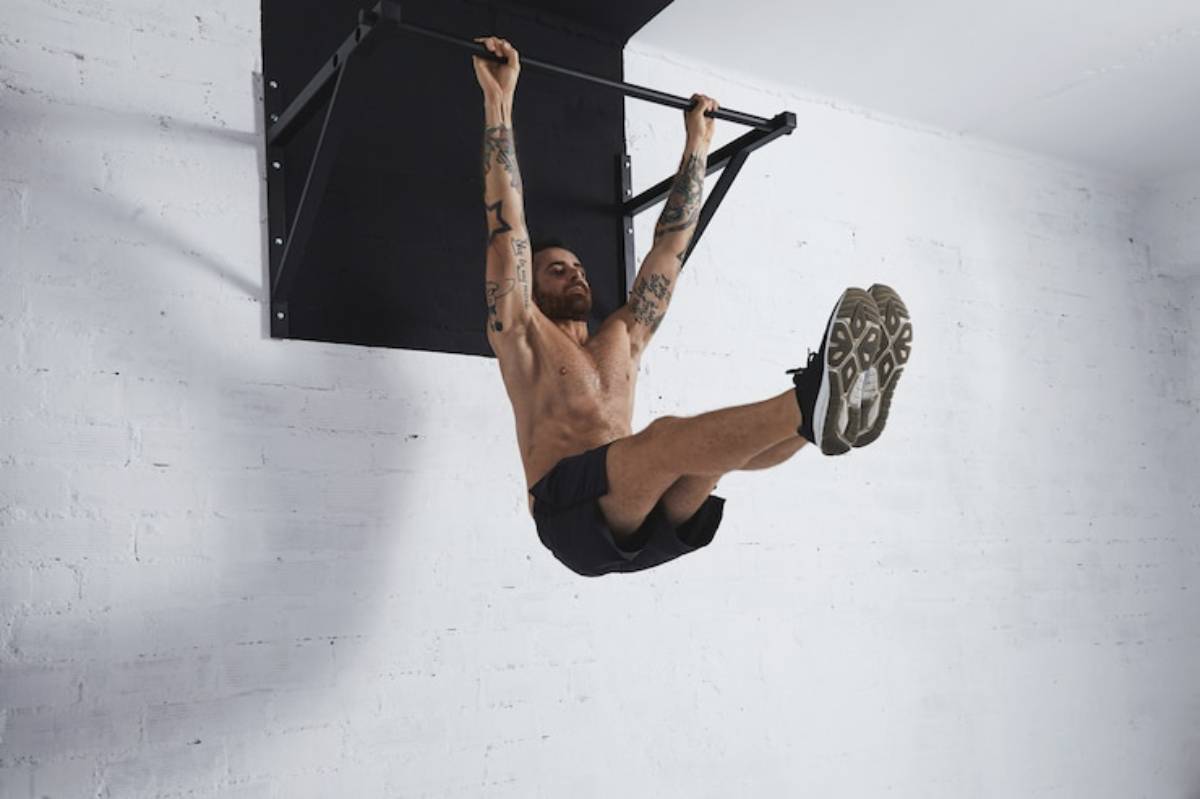
- Why: Builds grip strength and shoulder engagement.
- How: Hang from a bar, shoulders active (scapular depression), core tight.
Time: 30–60 seconds.
Step 2: Scapular Pulls
- Why: Activates lats and prepares shoulders.
- How: From a dead hang, retract and depress your shoulder blades (like a mini pull-up).
Reps: 3 sets of 8–10.
Step 3: Tuck Front Lever
- Why: Teaches body positioning with reduced leverage.
- How: From a hang, tuck your knees to your chest, lift your hips until your back is parallel to the floor.
Hold: 15–30 seconds.
Step 4: Advanced Tuck Front Lever
- Why: Builds strength closer to the full lever.
- How: Similar to the tuck, but open your hips slightly, increasing the lever arm.
Hold: 10–20 seconds.
Step 5: One-Leg Front Lever
- Why: Gradually increases leverage.
- How: Extend one leg while keeping the other tucked.
Hold: 10–15 seconds per leg.
Step 6: Full Front Lever
- How: Both legs extended, body parallel to the ground.
Goal: 10–15 second holds.
The Blueprint: Back Lever Guide
The back lever requires different focus areas, especially shoulder mobility and anterior chain strength.
Step 1: Skin-the-Cat
- Why: Builds shoulder mobility and introduces inverted hangs.
- How: From a bar or rings, pull legs through, rotating your body upside down.
Reps: 3 sets of 5–8.
Step 2: Tuck Back Lever
- Why: Minimises leverage while building core and shoulder stability.
- How: From an inverted hang, tuck your knees, and lower your body to horizontal.
Hold: 10–20 seconds.
Step 3: Straddle Back Lever
- Why: Reduces leverage while engaging shoulders and core.
- How: Extend your legs in a wide straddle position, lowering into a back lever.
Hold: 10–15 seconds.
Step 4: Full Back Lever
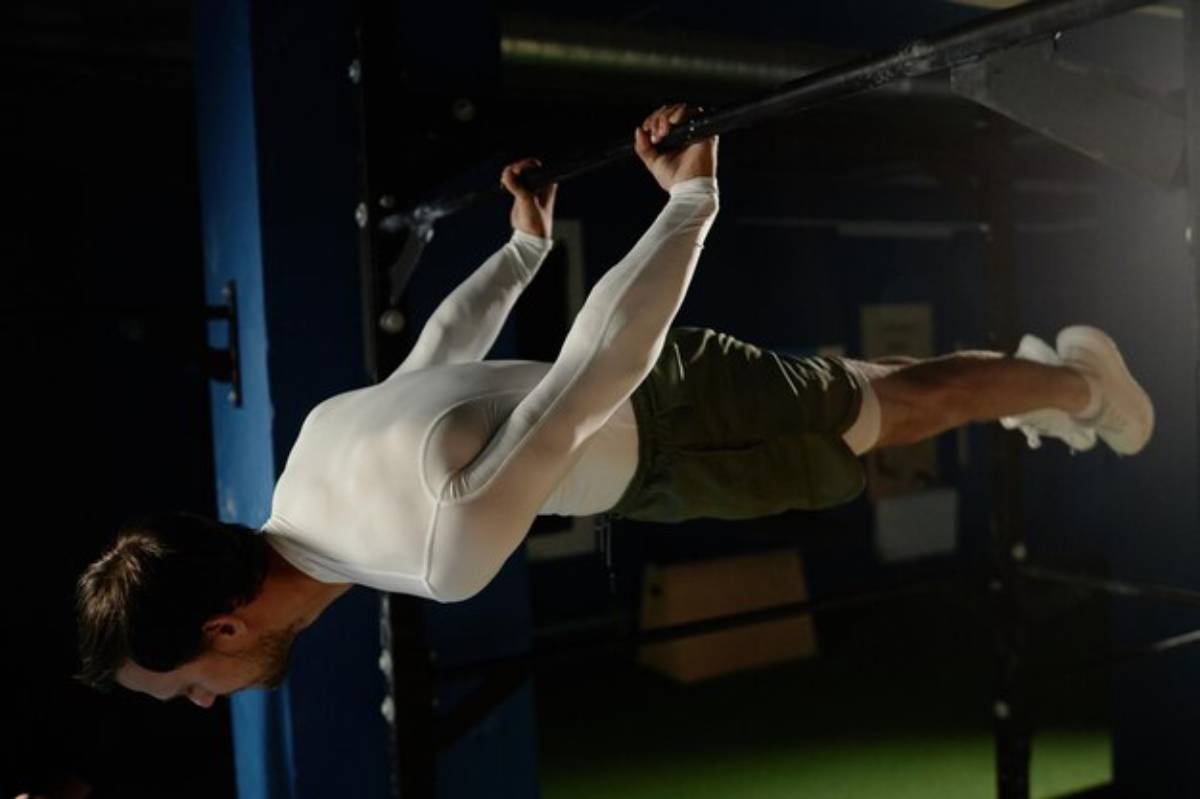
- How: The body is straight, parallel to the ground, and facing down.
Goal: 10–15 second holds.
Structuring Your Lever Training Routine
Here’s a sample lever-focused workout to build static strength callisthenics:
| Exercise | Reps/Time | Sets |
| Dead Hangs | 30–60 seconds | 3 |
| Scapular Pulls | 8–10 reps | 3 |
| Tuck Front Lever Hold | 15–30 seconds | 3 |
| Tuck Back Lever Hold | 10–20 seconds | 3 |
| Skin-the-Cats | 5–8 reps | 3 |
| Hollow Body Holds | 30–40 seconds | 3 |
Rest: 60–90 seconds between sets.
Frequency: 2–3 times per week for optimal progress.
Tips for Lever Training Success
- Prioritise form: Avoid arching or sagging during holds.
- Focus on scapular engagement: Shoulders play a vital role in stability.
- Combine with dynamic exercises: Pull-ups, dips, and rows complement lever progressions.
- Be patient: Static strength callisthenics takes time — celebrate small improvements.
Common Mistakes and How to Avoid Them
- Rushing progressions: Master each stage before moving forward.
- Neglecting shoulder mobility: Tight shoulders can limit your range and increase injury risk.
- Overtraining: Levers are demanding, so allow time for recovery.
Conclusion: Master Static Strength With Levers
Front lever strength and back lever control symbolise the pinnacle of static strength callisthenics. These moves aren’t just about looking impressive; they forge resilience, body awareness, and total-body coordination.
By following structured progressions, practising consistently, and respecting the process, you’ll inch closer to mastering these awe-inspiring holds.
Ready to defy gravity? Start your lever journey today! Share your progress or questions in the comments below. And if this guide helped you, why not pass it along to a fellow fitness enthusiast looking to elevate their bodyweight strength training?
